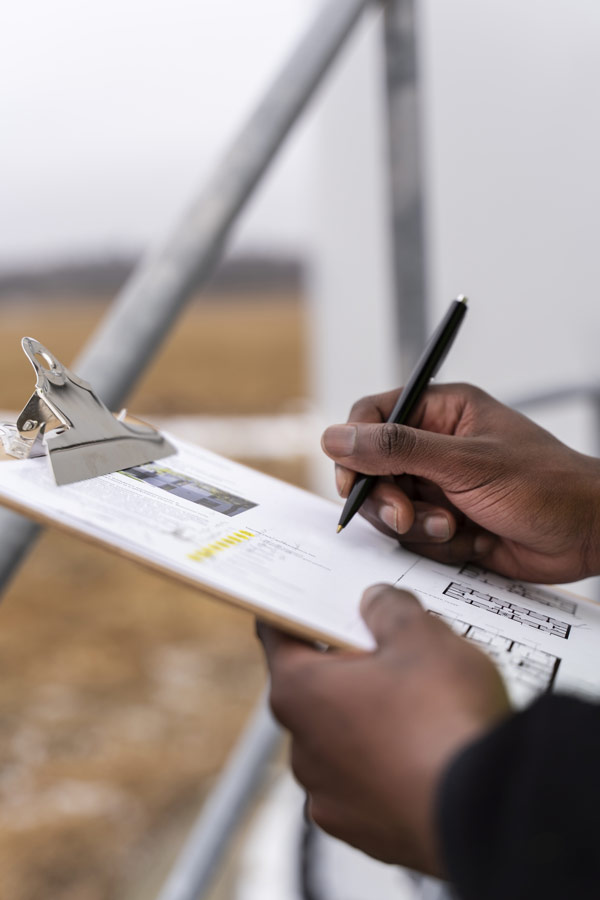Comprehensive Overview on Effective Lead Offense Removal Methods
In the world of environmental security, dealing with lead violations demands a careful and structured approach. This thorough guide begins by highlighting the critical initial steps of determining lead hazards with advanced assessment and testing techniques. Strategies such as XRF evaluation and dust clean sampling are crucial in pinpointing contamination sources. The overview specifies on the importance of sticking to strict safety procedures throughout the removal process, including the use of proper PPE and separating affected areas. The subsequent sections assure to review post-removal confirmation and precautionary approaches, making sure lasting safety and compliance. Discover the intricate details that make these techniques not simply reliable but important.
Determining Lead Hazards
Recognizing lead dangers is a critical very first action in minimizing the dangers linked with lead exposure. Lead, a hazardous metal, can be present in numerous environmental tools, consisting of paint, soil, water, and dust.
The initial phase in identifying lead threats includes recognizing usual lead resources within the developed environment. Structures developed before 1978 are specifically prone as a result of the common use of lead-based paint throughout that duration. Additionally, soil contamination can take place from weakening outside paint, industrial emissions, or historic usage of leaded gas.
Another significant resource is lead piping and pipes components, which can seep introduce drinking water. Customer items such as toys, ceramics, and imported products might also have hazardous lead levels. Significantly, job-related atmospheres and hobbies including lead can track impurities into homes.
Analysis and Screening
When addressing lead dangers, reliable analysis and testing are paramount. First evaluation commonly involves an aesthetic assessment to determine prospective lead sources, such as deteriorating paint or infected dirt.

Dirt wipe sampling is another essential technique, especially in domestic settings. By accumulating examples from floorings, windowsills, and other surfaces, this technique gives insights into potential exposure dangers. Soil screening around structure borders is important to discover lead contamination that can pose dangers, especially to kids.
Safe Elimination Procedures
Upon finishing thorough evaluation and testing, carrying out safe elimination treatments is the next essential stage in resolving lead hazards. This procedure makes certain that lead-contaminated materials are effectively and securely gotten rid of, reducing risk to both employees and homeowners. The primary step includes isolating the damaged location making use of plastic bed linen and correct sealing methods to protect against the spread of lead dust.
Workers need to don proper personal safety tools (PPE), consisting of respirators, gloves, and non reusable coveralls, to alleviate exposure. Using specialized tools and damp techniques, such as wet sanding or making use see here of HEPA-filtered vacuums, decreases the dispersion of lead bits. It is important to stay clear of dry fining sand or abrasive blowing up, as these approaches can produce hazardous lead dirt.
Waste disposal is an additional important element; all contaminated materials must be safely nabbed and labeled according to EPA and local guidelines. In addition, comprehensive try this cleansing of the job location with HEPA vacuums and wet wiping makes sure the elimination of recurring lead particles.
Post-Removal Verification

Confirmation of effective lead removal, recognized as post-removal confirmation, is essential to make certain the security and habitability of the remediated area. This assessment ensures that all known resources of lead have been resolved and that no noticeable signs of contamination stay.
Following the visual assessment, ecological sampling is carried out. This includes collecting dust, soil, and sometimes water examples from the remediated location. Recognized research laboratories evaluate these samples to measure lead levels, guaranteeing they fall below the security limits developed by governing bodies such as the Environmental Protection Firm (EPA)
On top of that, air top quality testing might be executed to identify air-borne lead fragments, specifically in instances where extensive lead-based paint removal or renovation has actually taken place. The outcomes of these tests offer measurable data confirming that the lead levels are within acceptable restrictions.
Inevitably, post-removal verification offers this content as a crucial checkpoint, validating the effectiveness of the lead abatement efforts and securing the wellness of occupants and site visitors.
Safety Nets and Maintenance

A vital preventive action includes using lead-safe accredited contractors for any remodelling, repair service, or painting activities. These experts are trained in methods that minimize lead dust and particles. In addition, maintaining colored surfaces to stay clear of chipping or peeling is necessary, as deteriorating paint can release lead particles into the atmosphere.
Educational efforts targeting residential or commercial property owners and occupants pertaining to the threats of lead and the importance of reporting any kind of possible dangers can additionally boost preventive initiatives. Routine cleansing making use of HEPA vacuum cleaners and damp wiping methods can dramatically minimize lead dirt buildup.
Conclusion
In summary, effective lead offense elimination necessitates a meticulous method incorporating detailed analysis, exact testing, and stringent elimination procedures. Ensuring security with correct isolation and personal safety equipment remains vital. Post-removal confirmation using ecological sampling and air top quality testing validates compliance with well-known safety and security standards. In addition, recurring assessments and maintenance are important to minimize future lead dangers, thereby safeguarding public wellness and ensuring sustained compliance with regulative requirements.